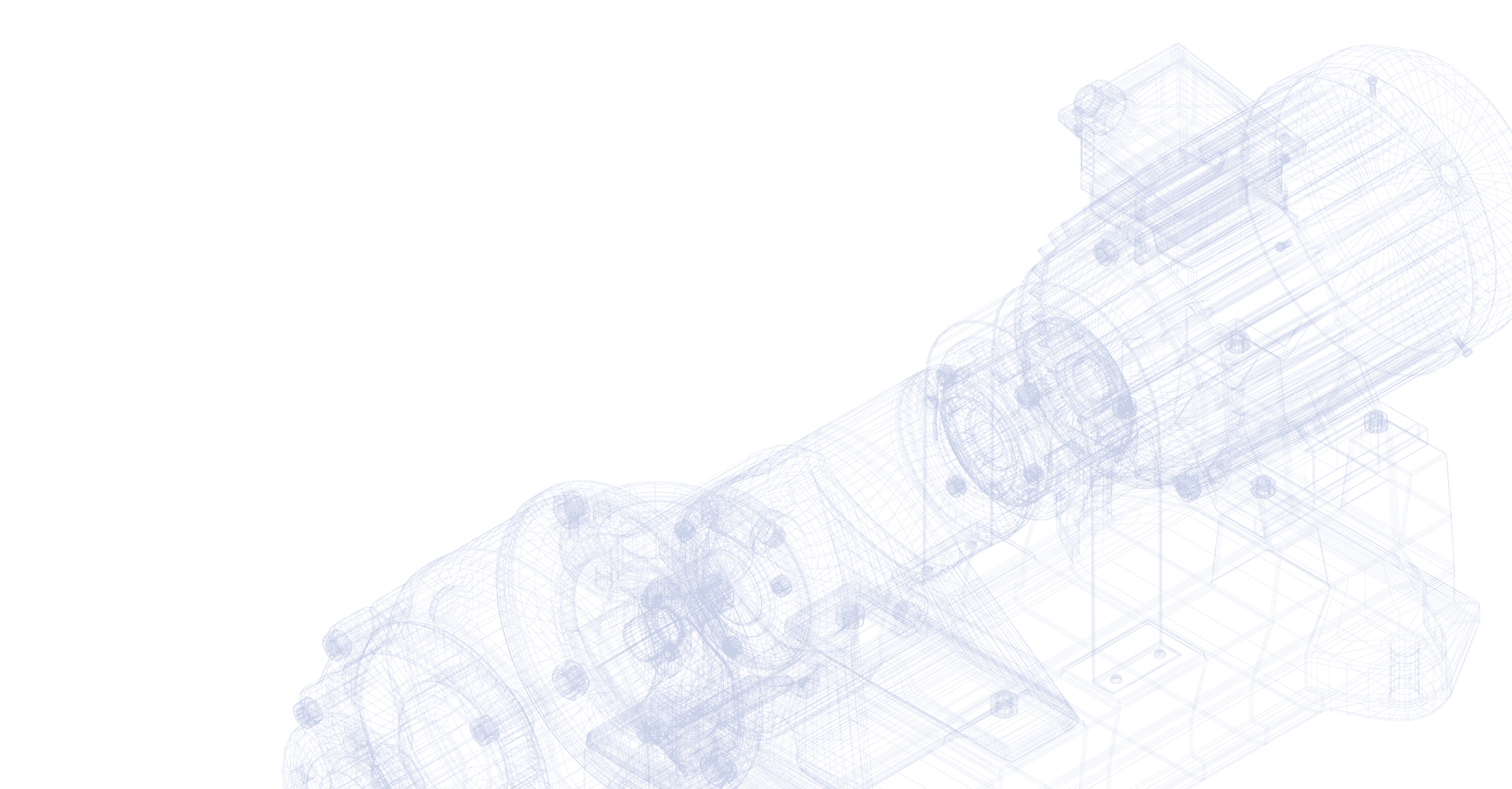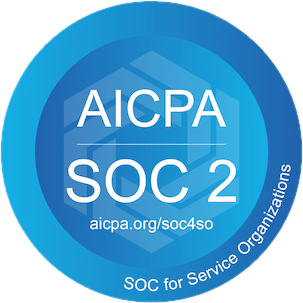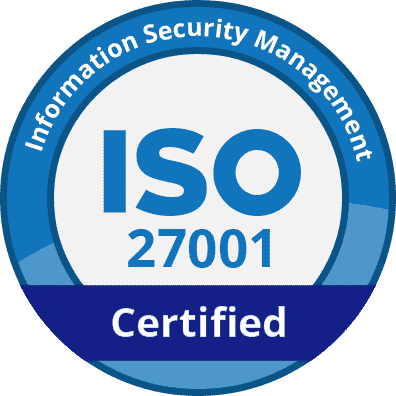SOP vs. Work Instruction: What's the Difference?
Master Your Manufacturing Documentation To Unlock Operational Excellence
July 22, 2025
Manufacturing excellence hinges on clear, accessible documentation that guides every action on your factory floor. Yet many manufacturers struggle with a tangled web of processes, procedures, SOPs and work instructions that often overlap, contradict, or worse - sit gathering dust in filing cabinets. Understanding the benefits of digital work instructions and how they fit within your broader documentation hierarchy isn't just about organization; it's about creating a foundation for consistent quality, reduced errors, and scalable operations.
The stakes are higher than ever. Human error accounts for nearly 23% of manufacturing downtime incidents and up to 80% of quality defects in final product assessments. The solution lies in understanding how different types of documentation work together and leveraging modern paperless manufacturing approaches to create a seamless, accessible system that actually gets used.
The Critical Role of Process Documentation in Modern Manufacturing
Manufacturing environments face mounting pressure for precision, where a single documentation gap can cascade into quality failures that cost organizations significantly. Research shows that document-related challenges lead to a 21.3% productivity loss across manufacturing operations. This productivity drain directly impacts operational consistency and creates barriers to continuous improvement initiatives that depend on standardized, accessible documentation.
Process documentation serves as the backbone of systematic operations, but only when each document type fulfills its specific purpose. The confusion between procedure and work instruction often stems from organizations treating them as interchangeable, when they actually serve complementary but distinct functions in your quality management system.
Understanding the Manufacturing Documentation Hierarchy
Think of manufacturing documentation as a pyramid, with each level serving a distinct purpose and audience. At the top, you have high-level processes that define what needs to happen. As you move down, the documentation becomes increasingly specific, ultimately reaching the granular electronic work instructions that guide individual tasks.
Processes: The Strategic Foundation
Processes represent the highest level of your documentation hierarchy. They define the overall flow of activities needed to achieve a business objective, such as "New Product Introduction" or "Quality Management." Processes answer the fundamental question: "What major activities must occur to achieve our goal?"
A typical process document might outline the five major phases of product development without diving into the specific steps within each phase. Processes are strategic documents that help leadership understand resource requirements, timelines, and interdependencies across departments.
Procedures: Bridging Strategy and Execution
Procedures sit one level below processes and begin to define how work gets done. They typically span multiple departments or functions and outline the sequence of activities needed to complete a significant portion of work. Procedures answer: "How do we coordinate activities across functions to achieve process objectives?"
For example, a "Material Receiving Procedure" might outline the steps from truck arrival through inventory placement, involving receiving, quality control, and warehouse teams. Procedures often include decision points, handoffs between departments, and high-level quality checks.
Standard Operating Procedures (SOPs): Departmental Guidelines
SOPs represent the next level of specificity, typically focusing on activities within a single department or function. They provide detailed guidance on how to perform recurring activities consistently and safely. SOPs answer: "What are the standard methods for performing this type of work in our organization?"
An SOP might detail how to calibrate measurement equipment, including frequency, required tools, documentation requirements, and escalation procedures for out-of-tolerance conditions. SOPs often incorporate safety requirements, regulatory compliance elements, and quality standards.
Work Instructions: Point-of-Use Precision
Work instructions represent the most granular level of documentation, providing step-by-step guidance for specific tasks and assembly workflows performed by individual operators. They answer: "Exactly how do I perform this specific task correctly and safely?"
Despite their critical importance, manufacturers frequently report using outdated or ineffective work instructions, leading to increased downtime, productivity loss, and longer training times. This is where the benefits of digital work instructions become most apparent. Unlike higher-level documents that might be referenced occasionally, work instructions are used continuously during production. They must be immediately accessible, crystal clear, and constantly updated to reflect current methods.
Why This Hierarchy Matters for Quality Control
Understanding and maintaining this documentation hierarchy is critical for several reasons that directly impact your bottom line and operational effectiveness. Poor documentation processes create substantial financial and operational risks, with 75.9% of companies experiencing serious business risk or compliance issues over five years due to inadequate documentation processes.
Consistency Across Operations
When documentation levels are clearly defined and properly maintained, you create consistency across your entire operation. Operators in different shifts, locations, or product lines follow the same fundamental approaches while adapting to specific local requirements through their work instructions.
Manufacturing rework and scrap costs approximately 0.6-2.2% of total sales, making consistency a critical factor in profitability. This consistency becomes particularly valuable when scaling operations, introducing new products, or cross-training workers. The hierarchy ensures that while specific tasks may vary, the underlying methods and quality standards remain constant.
Efficient Updates and Change Management
A well-structured hierarchy makes change management significantly more efficient. When a process change occurs, you can quickly identify which procedures, SOPs, and work instructions need updating. Without this structure, changes often cascade through documentation unpredictably, leading to inconsistencies and confusion.
Outdated or improper documentation can lead to incorrect equipment use, improper maintenance, failure to adhere to safety standards, and defective products. Digital work instructions excel in this area because they can be updated instantly and pushed to all relevant workstations simultaneously. This eliminates the common problem of outdated paper instructions lingering on factory floors long after official changes have been made.
Targeted Training and Competency Development
Different roles require different levels of documentation detail. Engineers might need to understand entire processes, supervisors focus on procedures and SOPs, while operators primarily use work instructions. This hierarchy enables targeted training programs that provide the right information to the right people without overwhelming them with irrelevant details.
The impact of poor documentation on training and competency is significant, with inadequate work instructions contributing to longer onboarding times and increased error rates during the learning process.
The Standard Operating Procedure vs Work Instruction Distinction in Practice
Understanding when to use SOPs versus work instructions prevents common documentation problems that plague manufacturing operations. The standard operating procedure vs work instruction choice depends on your objective and audience.
- Use SOPs: When you need to establish organizational standards that apply across multiple processes or departments. SOPs work best for compliance requirements, safety policies, and quality standards that need consistent application regardless of specific operational details.
- Use Work Instructions: When operators need precise guidance for specific tasks. These documents excel in situations where small variations can cause significant problems, such as equipment setup, product assembly, or quality testing procedures.
The integration of both document types creates measurable improvements. Structured onboarding and effective training, supported by clear SOPs and work instructions, can improve employee retention with 70%-90% of workers staying 1-3 years when good training is provided. The key insight is that SOPs and work instructions work together rather than competing, with SOPs establishing standards and work instructions ensuring consistent implementation.
Building an Integrated Manufacturing Documentation System
Successful manufacturing operations integrate all three documentation types into a cohesive system. This integration ensures that organizational standards translate into consistent operational performance without overwhelming users with inappropriate levels of detail.
- Start with your SOPs to establish the organizational framework: These documents should reflect your quality standards, compliance requirements, and operational philosophy. They provide the foundation that guides all other documentation development.
- Develop procedures to bridge SOPs and daily operations: Focus on process flow, responsibilities, and decision points. Procedures should help supervisors and experienced operators understand how different activities connect without getting bogged down in task-specific details.
Create work instructions for critical or complex tasks where consistency directly impacts quality, safety, or efficiency. Standardized work eliminates variability and redundancy, speeding task completion and increasing productivity. Prioritize tasks that are difficult to learn, have serious consequences for errors, or require specialized knowledge.
Modern manufacturing management systems like BuildOS can support this integrated approach by providing platforms that link different documentation types and ensure users access appropriate information for their roles and responsibilities.
Common Pitfalls and How to Avoid Them
Many organizations struggle with documentation systems because they misunderstand the procedure vs work instruction relationship or try to make one document type serve multiple purposes.
- Avoid creating overly detailed SOPs that read like work instructions. This approach makes SOPs difficult to maintain and creates confusion about organizational versus operational requirements. Keep SOPs focused on standards and outcomes rather than specific methods.
- Don't create procedures that lack sufficient detail to guide decision-making. Procedures should provide enough information for supervisors to understand process flow and make informed decisions about resource allocation and problem-solving.
- Resist the temptation to create work instructions for every task. Focus on activities where consistency is critical and where operators need detailed guidance. Too many work instructions can overwhelm users and reduce compliance.
- Ensure document types complement rather than duplicate each other. Each document should serve a specific purpose and audience. Overlap should be minimal and intentional, such as when work instructions reference relevant SOPs for context.
The Digital Transformation: Bringing Documentation to Life
While understanding the documentation hierarchy is essential, the real power comes from digitizing these documents, particularly at the work instruction level where paperless manufacturing delivers the greatest impact. Currently, paper-based work instructions are used across much of the manufacturing industry, yet they are very time-consuming and costly to update.
Real-Time Accessibility and Updates
Digital work instructions transform static documents into dynamic, interactive guides that can be updated instantly across your entire operation. Digital work instructions can reduce the time to create and update instructions by up to 97% - for example, Ancra Aircraft reduced the time it takes to create work instructions from 4 days to just 1 hour.
When a process improvement is identified or a quality issue requires immediate attention, digital systems can push updates to all affected workstations within minutes rather than days or weeks. This real-time capability is particularly crucial for manufacturers dealing with multiple product variants, custom orders, or rapidly changing customer requirements. Digital systems can automatically display the correct instructions based on work order details, eliminating the guesswork and potential errors associated with operators selecting from multiple paper documents.
Enhanced Learning and Retention
Digital work instructions can improve worker productivity by up to 95% by providing clear, contextual information and interactive elements. They also reduce training and onboarding time significantly, accelerating time-to-productivity and reducing human errors.
Digital work instructions can incorporate multimedia elements - videos, animations, interactive diagrams - that significantly improve comprehension and retention compared to traditional paper-based approaches. This is particularly valuable for complex assembly operations, safety-critical procedures, or tasks requiring precise measurements or alignments.
The interactive nature of digital instructions also enables immediate feedback and validation. Systems can prompt operators to confirm critical steps, verify measurements are within tolerance, or capture photos for quality documentation, creating a more engaging and thorough execution process.
Data Integration and Continuous Improvement
Perhaps the most significant advantage of digital work instructions is their ability to integrate with other manufacturing systems. When connected to MES, ERP, or quality management systems, digital instructions can automatically capture execution data, cycle times, quality results, and operator feedback.
This data integration creates unprecedented visibility into how work actually gets performed versus how it's supposed to be performed, enabling continuous improvement based on real operational data rather than assumptions or anecdotal evidence.
Building An Effective Documentation Strategy
Creating effective SOPs and work instructions requires a systematic approach that considers both immediate operational needs and long-term organizational objectives. Start by mapping your key processes to identify where SOPs are needed to coordinate cross-functional activities and where work instructions are essential for consistent task execution.
The most successful organizations treat documentation as a living system that evolves with their operations. Regular review and update cycles ensure that both SOPs and work instructions remain relevant and valuable to users, preventing the costly documentation gaps that lead to quality failures and compliance violations.
Understanding the key distinctions between SOPs and work instructions positions your organization to build documentation systems that truly support operational excellence. When properly implemented, these complementary document types become powerful tools for maintaining quality, ensuring compliance, and enabling sustainable growth.
The distinction between SOPs and work instruction isn't just about documentation standards, it's about creating operational systems that consistently deliver results while supporting continuous improvement and organizational learning. With human error contributing to 80% of manufacturing defects, the precision and clarity of your documentation directly impacts your competitive position and profitability.

Dirac is the Assembly Company of the future.
350 5th Ave Ste 4720, New York, New York


